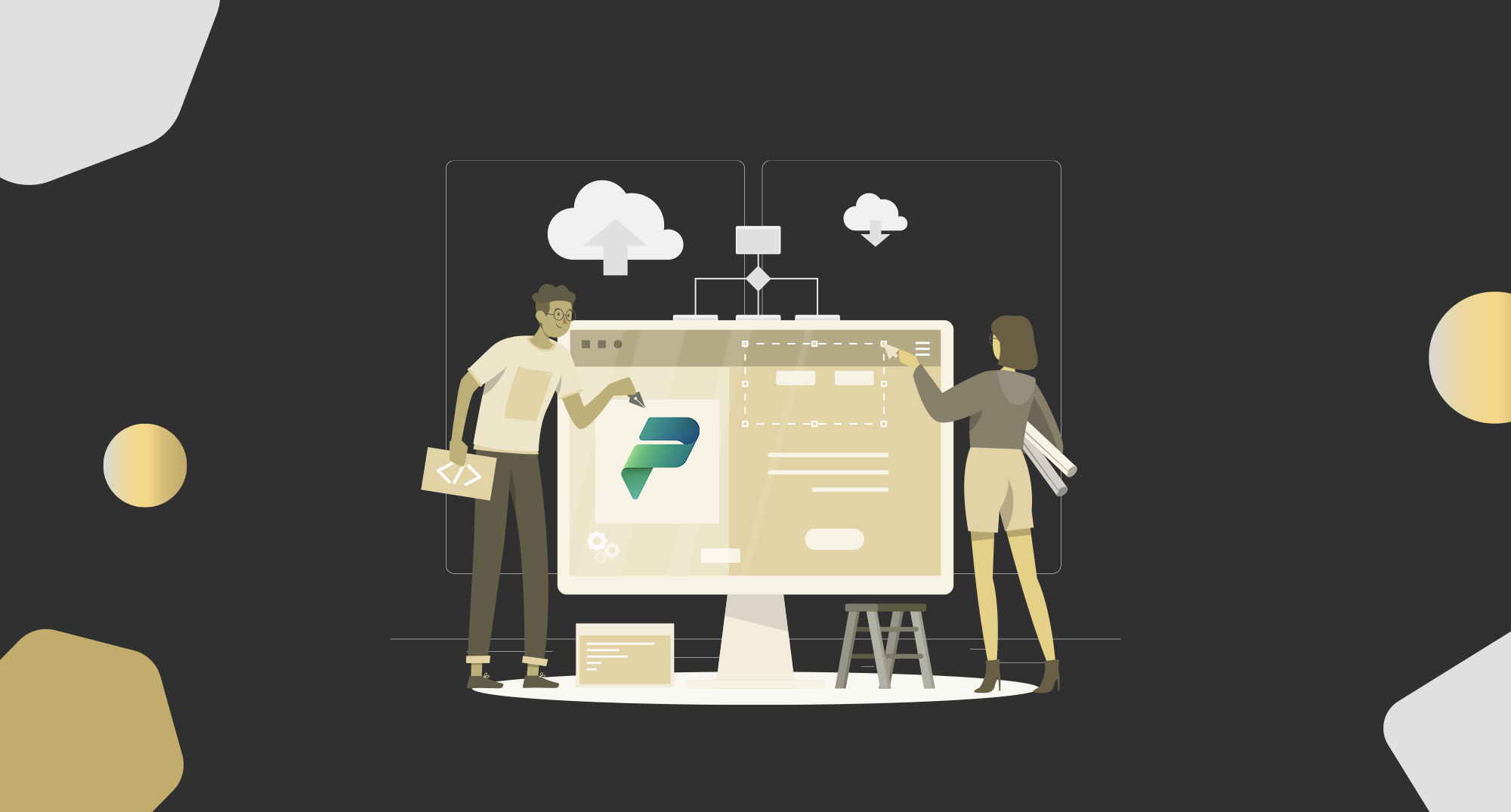In today’s fast-paced and competitive business world, Power Platform can be a game-changer. It helps organisations create easy-to-build, low-code solutions that boost productivity, efficiency, and innovation. But before diving in, you need to set up the right environment where developers can build, test, and use these solutions.
As more businesses start using Power Platform, it’s important to have a clear plan for managing your environments. If you’re new to Power Platform, this guide will help you create your first environment strategy using Microsoft’s features. We’ll cover how to set up governance, security rules, and other important aspects of managing your environment. We’ll also explain how to secure your default environment, which is a crucial step in setting up your strategy.
What You Need to Know About Power Platform and Tenant Environments
Microsoft Power Platform includes four main tools: Power BI, Power Apps, Power Automate, and Power Virtual Agents (now with Copilot Studio). These tools help you create custom, business-specific solutions without needing to be an expert coder. They let you analyse data, automate tasks, and build chatbots, all with minimal coding.
All these tools work within a Microsoft 365 tenant environment. This environment handles user management, data management, security, and compliance. So, setting up your tenant environment is key to ensuring smooth and secure operations.
Why You Need a Tenant Environment Strategy
Here’s why having a solid tenant environment strategy is important:
Governance and Control
It ensures that Power Platform usage aligns with your company’s policies, security standards, and compliance requirements.
Optimized Performance
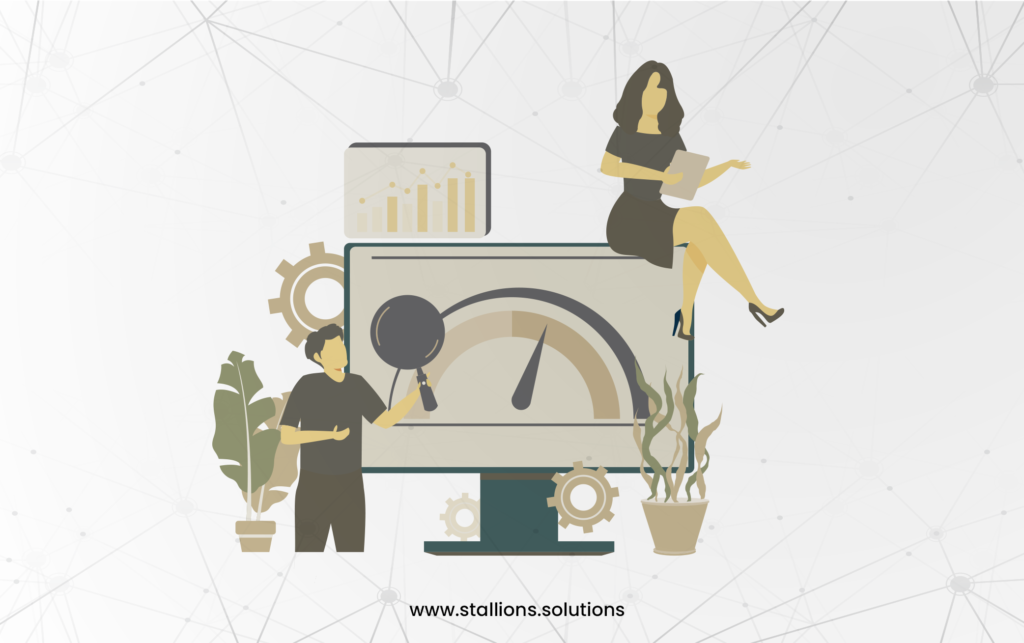
A well-designed environment boosts the performance, scalability, and reliability of your Power Platform solutions, helping you stay ahead of the competition.
Cost Management
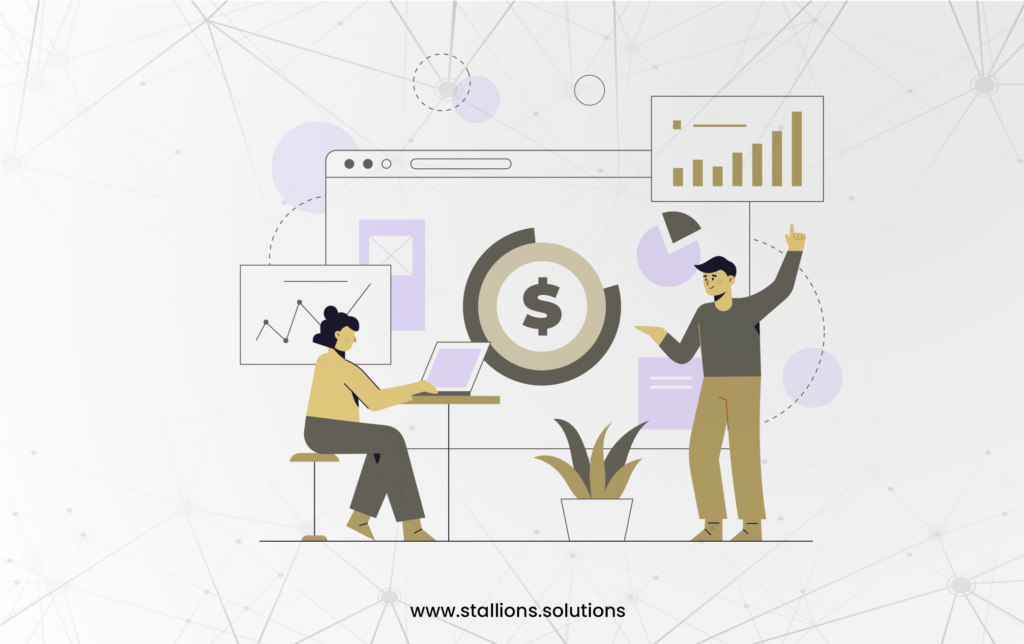
Proper planning helps avoid unexpected licensing costs and improves resource use, saving money in the long run.
Collaboration and Integration
It supports teamwork among your staff and other stakeholders, leading to better-controlled and higher-quality solutions.
Steps to Develop a Tenant Environment Strategy
Here are some key steps to create an effective tenant environment strategy:
Assessment and Planning
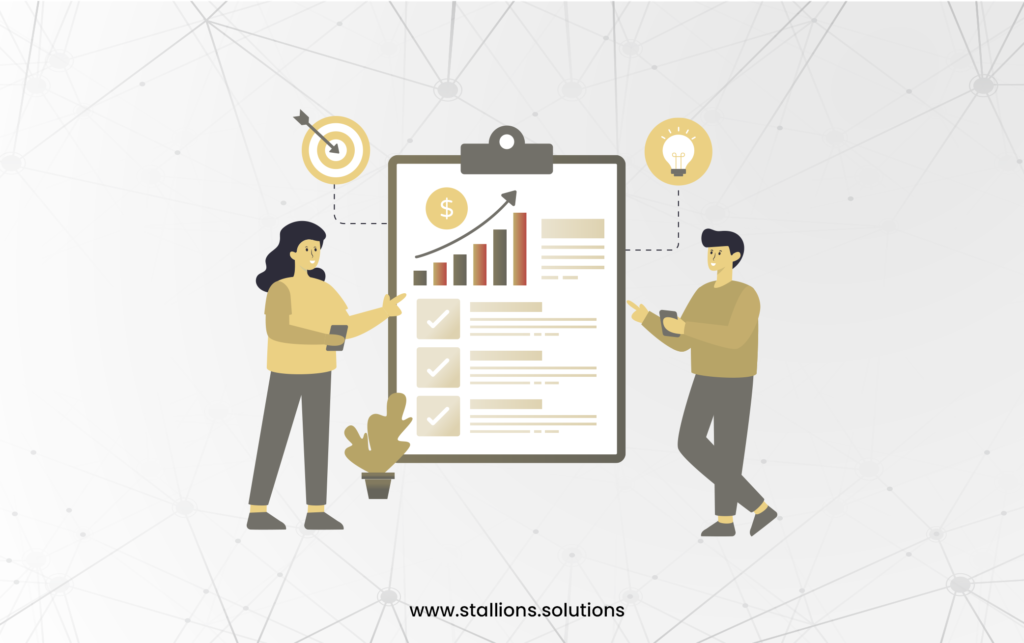
- Review your current IT setup, business needs, security requirements, and any relevant regulations.
- Think about specific use cases and how Power Platform can help. Define who will use Power Platform, like IT admins, developers, and business analysts.
- Check your security policies and data protection needs before starting with Power Platform.
Environment Design and Configuration
Design your tenant environments in Microsoft 365. There are several types of environments:
Production Environment
For running live applications and workflows.
Development Environment
For building and testing apps before going live.
Test Environment
For testing software products and updates.
Sandboxes
For experimenting and learning without affecting live data.
Configure each environment with the right security settings and compliance measures. Microsoft offers tools like Data Loss Prevention (DLP) and Role-Based Access Control (RBAC) to help with this.
Lifecycle Management
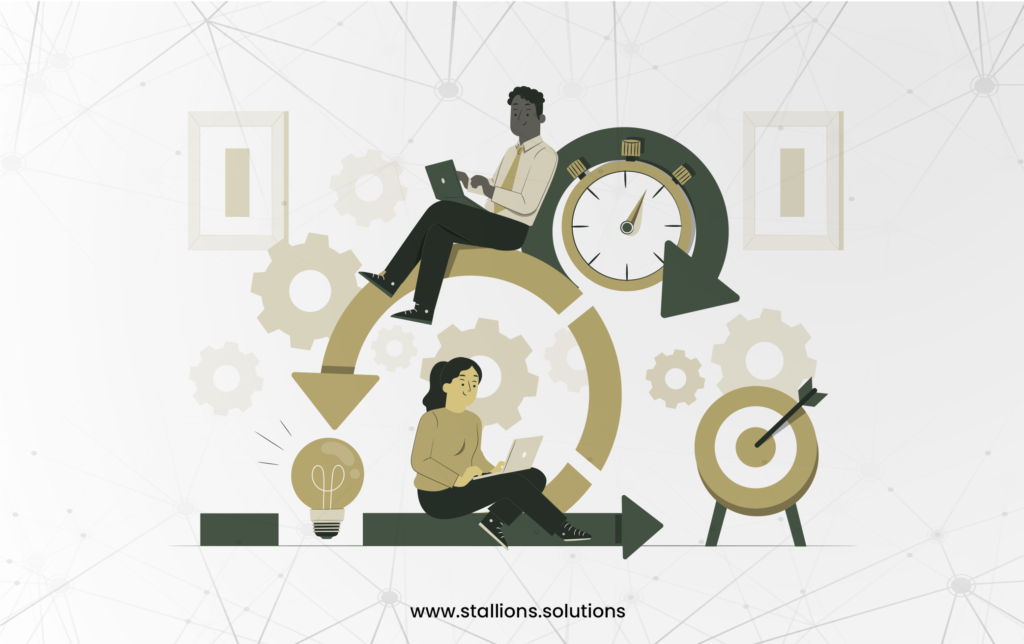
- Manage the lifecycle of your Power Platform solutions across different environments.
- Create workflows for developing, testing, and validating apps.
- Implement change management practices for deploying solutions.
- Monitor performance, gather feedback, and ensure security compliance.
Training and Support
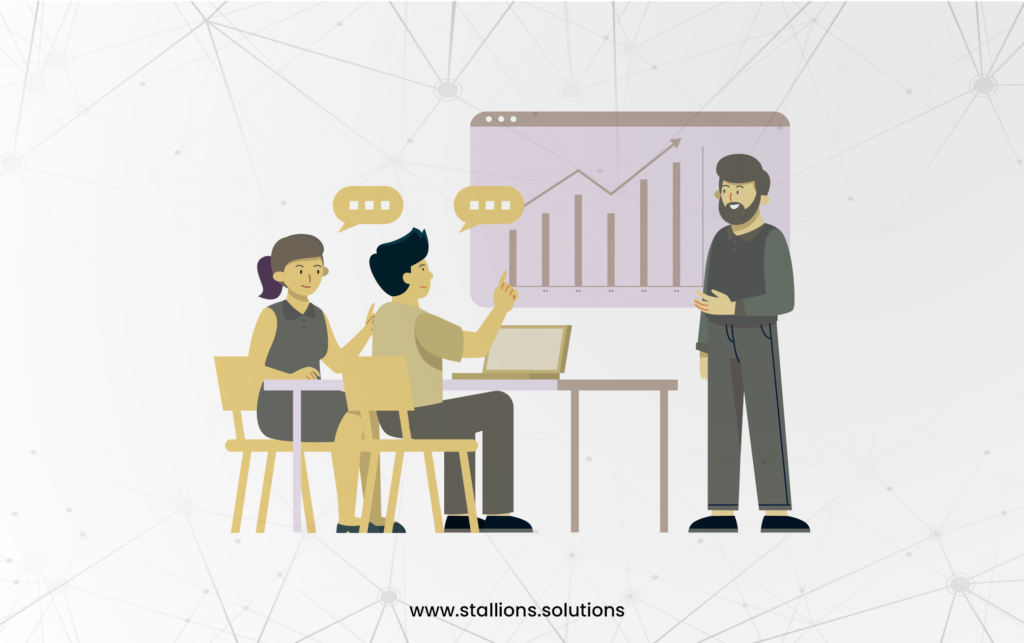
Train your employees to help them adopt Power Platform quickly. There are many tutorials, videos, and resources available to help with this.
Review and Optimization
Regularly review and adjust your tenant environment strategy to address improvements, bottlenecks, and cost-saving opportunities. Keep track of usage patterns and evolving needs to refine your approach.
Tailoring Your Tenant Environment Strategy
To create a strategy that fits your organization, consider the following:
Evaluate Your Current Situation
Look at your existing environments and how they’re used. Decide how you want to use Power Platform and who will use it.
Identify and Fill Gaps
Determine if there are any gaps in what Power Platform offers and how you can address them. Consider using tools like the Power Platform Center of Excellence Starter Kit or third-party tools if needed.
Center of Excellence Starter Kit
The Power Platform Center of Excellence Starter Kit helps manage and adopt Power Platform effectively. It provides tools to track platform usage and assist in tailoring your strategy.
Conclusion
Power Platform can transform your business operations by making them more efficient and productive. With its low-code tools, you can create apps, analyse data, and automate processes easily. Setting up a solid tenant environment strategy is crucial for making the most of Power Platform and driving business growth.

